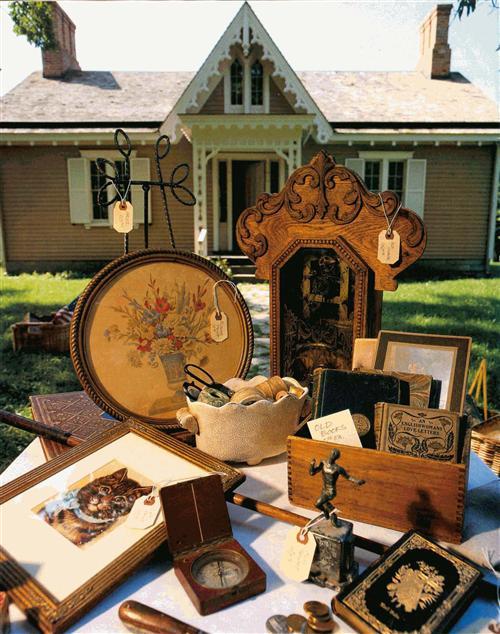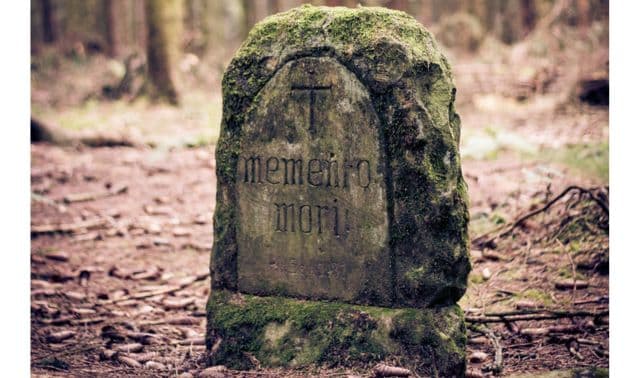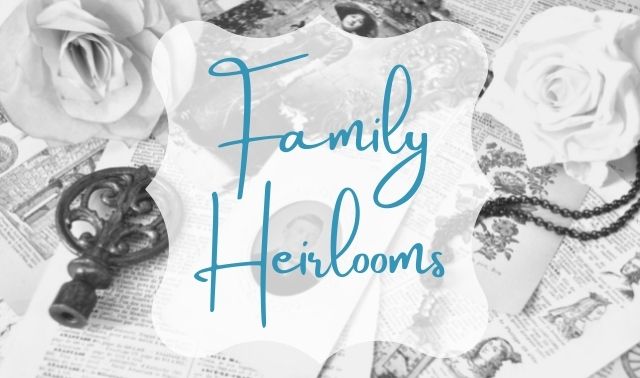Our ancestors left countless clues to their pasts, but we don’t always find them in the obvious places. While official documents get filed in courthouses or archives, more-personal memorabilia, such as family Bibles, postcards, letters and photograph albums, get relegated to attics, basements or bottom drawers. Over time, these items may get lost, discarded or sold. For example, when my father bought a 150-year-old estate home (a house left by a deceased person) in New Orleans, he found an attic full of letters and documents from generations past. Apparently, inheritors eager to sell off the deceased’s old home had abandoned these genealogical treasures.
Everyday items such as these are often discarded as junk or overlooked by people uninterested in their family’s past. But the growing interest in both genealogy and local history has generated a booming business dealing in heirlooms and genealogical information. In fact, pieces of your own family history probably are for sale — but where? Try these six sources to find those long-lost heirlooms and buy them back.
THOSE OLD ANTIQUES
When most people think of antiques shops, they think of furniture and other household items that aren’t easily traceable to their former owners. But search the corners of an antiques shop, and you’ll usually find items that are much more personal and, to genealogists, much more valuable. Some antiques shops deal exclusively in documents, letters, photographs and other paper products. For instance, at a shop in Seattle, I found early 20th-century playbills containing actors’ names and local ads from New York City and Boston; they cost $15 to $25 each. The same shop had bins of postcards depicting early 20th-century life for $1 to $2 each. Prices for genealogical materials in antiques shops vary widely. An 1891 photograph of three children cost $6.50, while a 1942 picture of the Seattle Fire Company cost $85. A letter between two prominent Civil War generals can cost more than $1,000, while postcards from the late 1800s cost as little as 50 cents.
WHERE THE GAVEL DESCENDS

Auction companies also hold regular weekly or monthly auctions of items collected from a variety of sources, including old homes, abandoned storage units and local antiques shops that have gone out of business. These auction companies sometimes post online listings of the items they will be auctioning, or they send out newsletters of upcoming auctions.
The most difficult part of bidding for family heirlooms is watching the price rise to a point you can’t afford. One way to avoid this is to team up with other family members on a bid, agreeing beforehand to share copies of the information with one another.
BYTES BIDDING
Almost everyone familiar with the Internet has heard of eBay <www.ebay.com>, the auction Web site. But have you thought of searching for family heirlooms there? A recent search on eBay revealed 118 family Bibles, 241 photo albums and 44 sets of vintage documents. Another site to try is Yahoo! Auctions <auctions.yahoo.com>.
Online auctions work similarly to live auctions, but their reach is global. The sellers can be antiques shops, auction companies or individuals anywhere in the world. To find genealogy items on an online auction site, use the site’s search feature to look for specific items, or search for your family surnames.
INTERNET INHERITANCES
In the past few years, a lot of Web sites selling family history items have popped up. These sites are created by collectors who search for heirlooms in antiques stores, flea markers and garage sales, and then sell their findings online. One such site is Surname Heirlooms <www.surnameheirlooms.com>, run by Ashley Brye. Brye’s story is typical of people who run Web sites like these. While exploring an antiques shop in Texas, she found an early 1900s photograph of a little girl holding a set of keys. The girl’s name appeared on the back of the photo, and Brye set out to find the girl or her descendants. The quest was a success: Brye reunited the photo with its owner, and she set out to reunite other heirlooms with the families who once owned them. Through Surname Heirlooms, Brye has reunited families with love letters from the 1700s, legal documents from 1890s New York and a Wisconsin woman’s 1880 autograph hook. Each month, she adds about 350 items to the Web site, which you can search by surname.
Other Web sites with similar goals include Your Past Connections <www.pastconnect.com>, Ancestral Photos <pw1.netcom.com/-cityslic> and HeirloomsLost.com <www.heirloomslost.com>.
SHOPPING LISTS
In addition to the organized Web sites selling family heirlooms, you also can find message boards and e-mail lists advertising heirlooms for sale by shops and individuals. Somebody’s Links <www.petuniapress.com> is an e-mail list of items that were found by collectors and are now available for sale. Families who find heirlooms on the list must arrange to bid on or purchase the items from the seller. RootsWeb <www.rootsweb.com> also hosts message boards specifically for genealogists interested in purchasing pieces of their family history as well as published collections of genealogical information.
PUBLISHED WORKS
Diaries, letters and family Bibles aren’t the only family history items you can find for sale. People who have spent years researching their own family lines often publish their findings in book form. McCormick Books <www.mccormickbooks.com> and Quintin Publications <www.quintinpublications.com/famcat.html> both sell genealogical books compiled by individual researchers or family organizations. Some books are simple, basic genealogies, while others may include copies of relevant documents and photographs, or transcriptions of writings left by ancestors for their descendants.
You also might be able to buy privately published histories directly from the family member who compiled the information. Keep an eye out for these kinds of publications on individual researchers’ family Web sites.
The key to searching for heirlooms is patience. You never know what treasures are in a shop or on an online auction site just waiting to be reclaimed. Hit these six shopping destinations, and you might find that missing piece of your past.
From the December 2003 Family Tree Magazine



